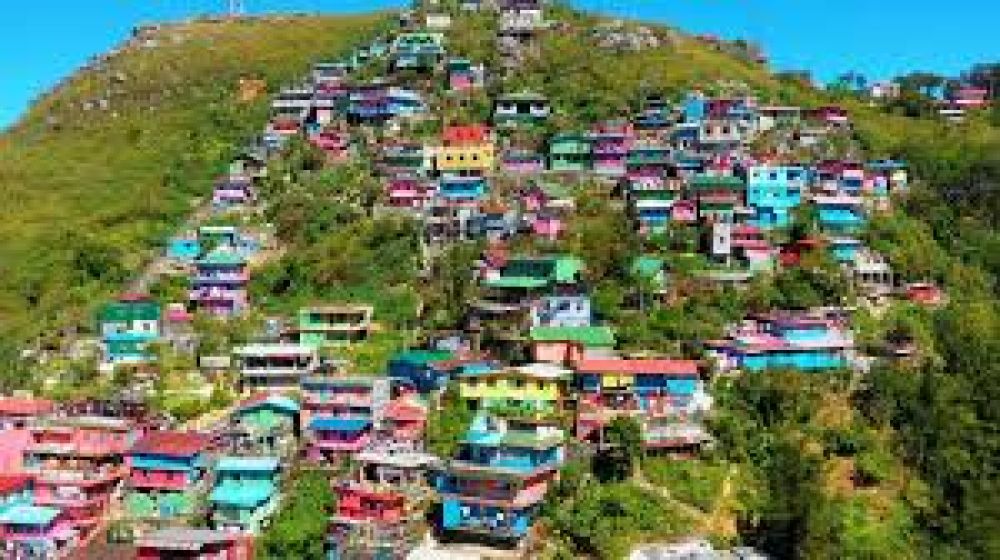

Baguio, known as the "Summer Capital of the Philippines," has a long-standing history as a touristic destination in the country. The city's development into a tourist hub dates back to the American colonial period when it was established as a hill station in 1900 by the Americans due to its cooler climate. This was aimed at providing a retreat for military personnel and expatriates who were accustomed to cooler temperatures back home.
Over the years, Baguio has maintained its appeal due to its cool weather, scenic landscapes, and rich cultural heritage. The city's tourism industry took off in earnest post World War II, after the city had been rebuilt, having been heavily damaged during the war.
Some of the city’s historic tourist sites include:
The Panagbenga Festival, also known as the Baguio Flower Festival, which started in 1995, has also become a major tourist attraction. This annual event celebrates the city's flowers and its culture, drawing tourists from around the globe.
In recent years, Baguio City has seen modern developments in tourism, driven by both the public and private sectors. New hotels, restaurants, and attractions continue to emerge, catering to the evolving tastes and preferences of both local and international tourists.
Eco-tourism has been one of the latest trends, with a focus on sustainable travel experiences. Baguio's local government has been working on improving eco-friendly practices and promoting attractions like the La Trinidad Strawberry Farms, where visitors can experience strawberry picking.
The city has also embraced digital trends by offering online platforms for booking accommodations and experiences, as well as leveraging social media to market its tourist spots. The integration of local culture in hospitality services further enhances the city's unique appeal as a tourist destination. With its combination of history, innovation, and charm, Baguio continues to be a leading choice for travelers seeking a blend of relaxation, adventure, and cultural enrichment.